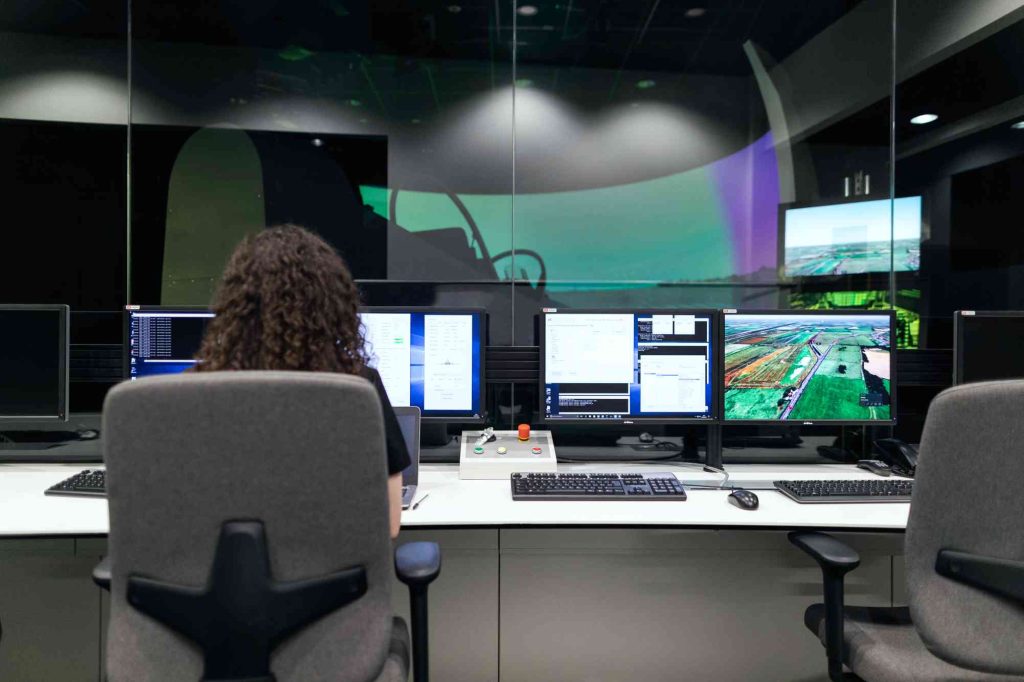Currently, there is a growing demand from customers for top-notch applications both for business enterprises and personal use. To meet this demand and surpass the competition, product companies are adopting Continuous Testing practices. By implementing Continuous Testing in DevOps, they aim to ensure that their application consistently excels in performance.
Continuous Testing in DevOps involves a systematic approach: testing early in the development process, conducting regular tests, testing across various environments, and automating the testing procedures.
The core idea is to maintain an uninterrupted flow of testing throughout the development cycle.
In the Continuous DevOps process, application changes undergo a seamless transition from Development to Testing and ultimately to Deployment.

This streamlined process enables the identification of potential risks, prompt mitigation, and a significant improvement in the overall product quality.
The benefits of continuous testing
Continuous testing brings forth numerous advantages. Primarily, it eliminates the obstacles that can arise when testing is performed as a single, separate step.
By adopting continuous testing, code undergoes automated testing as soon as it is integrated. This seamless integration aligns directly with the principles of DevOps, facilitating the prompt delivery of high-quality applications.
Moreover, continuous testing saves significant time and effort for developers, as they no longer have to wait for the QA teams to complete testing before addressing their code issues.
Instead, testing occurs continuously, allowing real-time and proactive fixes for code quality and security concerns. This concurrent approach enables multiple activities to take place simultaneously, enhancing overall efficiency.
A broader benefit of continuous testing is risk reduction. An application undergoes multiple checks and evaluations throughout its entire life cycle, as opposed to being tested only once during a specific phase of the Application Development Life Cycle (ADLC).
This increased frequency of testing provides greater visibility and numerous opportunities to identify areas of weakness, leading to an overall robust and reliable application.
Also Read: Why Microsoft Dynamics 365 Testing is Crucial?
What is the importance of Continuous Testing in DevOps?
Mobile and Web applications are unique and require regular updates to meet user needs. In the past, changing and deploying features took a long time due to rigid development and deployment processes with fixed timelines and handoffs between teams.
However with the Agile approach stepping in, particularly with Continuous Testing and CI/CD pipelines, it has made real-time changes more convenient.
Code continuously moves through Development -> Testing -> Deployment stages. Automated unit tests run on Jenkins servers, and successful tests proceed to QA servers for comprehensive testing. Failures lead to rejection and developer notifications.
With an Agile mindset and Continuous Testing in DevOps, teams can detect critical bugs early, reducing the risk and cost of bug fixing later.
Automating tests throughout the development cycle ensures that the code validity and overall application quality are evaluated at each stage, helping organizations identify the application’s readiness for the delivery pipeline.
How Does Continuous Testing Work Within DevOps/DevSecOps?
As the development landscape continues to accelerate, application release cycles are becoming shorter, prompting organizations to adapt their practices to stay competitive.
To achieve success in this fast-paced environment, DevOps practices and tools for continuous testing in DevOps are indispensable, and continuous testing plays a pivotal role.
Continuous testing (CT) significantly enhances the DevOps pipeline by promoting testing throughout all stages of the Application Development Life Cycle (ADLC), spanning from development to deployment.
At the core of DevOps and DevSecOps is the principle of conducting activities, such as security testing, as early as possible, thereby expediting all development processes.
By integrating continuous testing into this framework, it ensures a smooth and uninterrupted development flow, leading to the release of high-quality software.
How can you transition to Continuous Testing?
Regardless of your organization’s current level of testing maturity, creating a Continuous Testing strategy involves aligning with essential business objectives, which are:
- Improving customer experience by delivering better quality products.
- Speeding up the delivery of high-quality products.
- Adapting swiftly to enhance customer and employee retention, satisfaction, and usability.
- Lowering costs while enhancing operational efficiency.
What to Consider Before Adopting Continuous Testing?
When introducing Continuous Testing into the development process, developers and QAs should keep the following points in mind:
- Embrace Continuous Testing from the outset of development and at every branch in the pipeline to ensure comprehensive test coverage.
- Establish high-performing staging environments that mirror the production server, requiring substantial resources and infrastructural investments. This guarantees that the application’s performance in a production environment is accurately replicated.
- Select appropriate tools for continuous testing in DevOps and automation frameworks for different layers of the test automation pyramid, such as Unit testing, API testing, and UI testing.
- Consider using test automation frameworks that support concurrent test execution, like Selenium and Cypress for web-app testing, and popular CI/CD tools such as Jenkins and Travis.
- Thoroughly evaluate test results to identify and address false negatives or false positives, which could disrupt the production stage.
- Prepare a proper roll-back plan in case of misbehaving or crashing builds, and ensure critical data is backed up before pushing any code to the production stage.
Best practices of Continuous Testing in DevOps
- Treat Test Code as Code
- Provide Fast Feedback
- Employ a Risk-based Test Automation Strategy
- Ensure Access to a Test Environment and Infrastructure 24/7
- Generate and Maintain Test Data
- Make automation a priority
- Improve the relationship between each developer and tester
- Keep track of everything
- Develop a system to display results
- Get the right continuous testing tools
Also Read: What Are The Benefits Of Taking DevOps Training?
Final Thoughts
Continuous Testing is the practice of running automated tests within the application delivery pipeline to promptly assess the business risks associated with the app releases.
Its goal is to obtain immediate feedback as quickly as possible. This approach ensures that the appropriate tests are executed at the right stage of the delivery pipeline without causing any bottlenecks.

